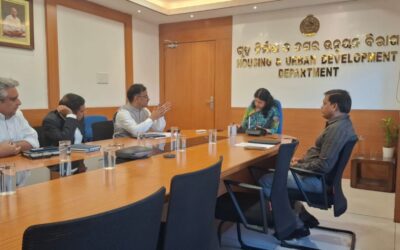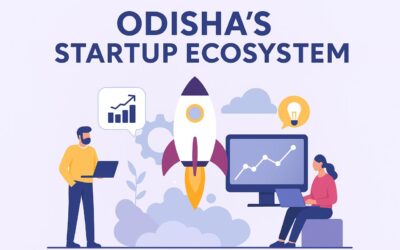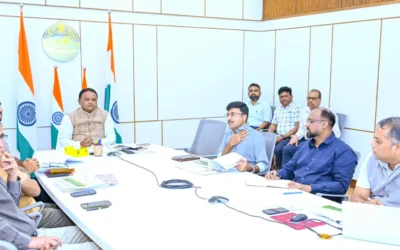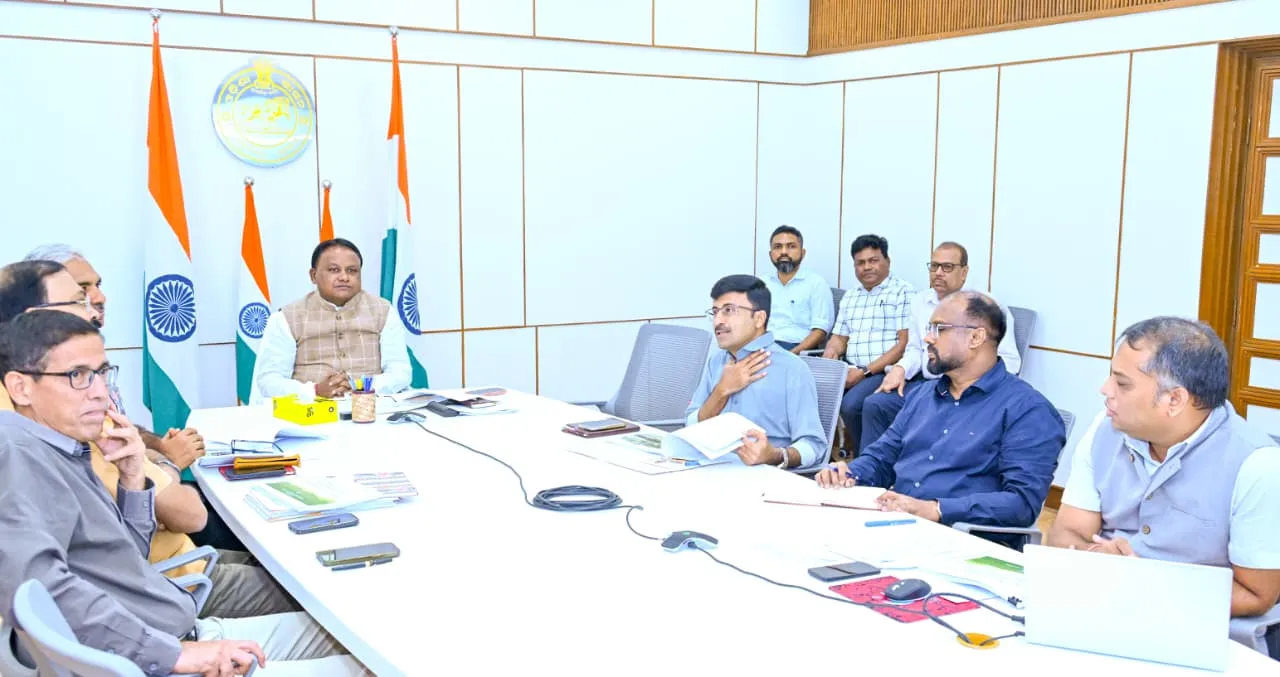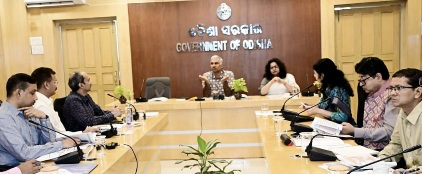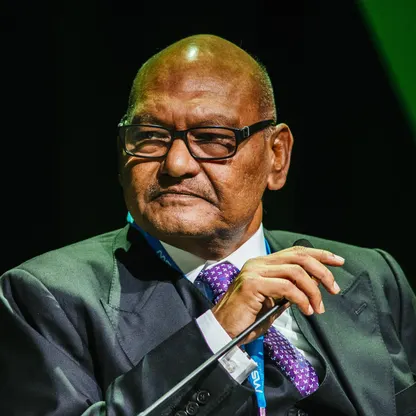Odisha Gears Up to Become India’s Rising Maritime Hub

Bhubaneswar: Odisha is rapidly emerging as one of India’s leading maritime states, thanks to the transformative efforts led by the Commerce and Transport Department and the proactive role of the Odisha Maritime Board. With strategic planning, modern infrastructure, and large-scale investments, the state is redefining its maritime landscape—creating new avenues for trade, industry, and employment.
Non-major ports handle 80 MTPA cargo; Paradip becomes India’s largest cargo-handling port
In the fiscal year 2024–25, non-major ports in Odisha reached a combined cargo handling capacity of 80 million metric tons per annum (MTPA). Among them, Dhamra Port handled 46.08 MTPA, while Gopalpur Port managed 6 MTPA, contributing significantly to the state’s economy. These operations generated a substantial revenue of INR 306.15 crore for Odisha.
Meanwhile, Paradip Port, a major port under the Government of India, further strengthened the state’s maritime credentials by handling 150.41 MTPA cargo in the same fiscal year. This has made Paradip the largest cargo-handling major port in India, setting a new benchmark for port performance across the country.
Investment surge fuels infrastructure and employment
The Odisha Maritime Board is facilitating large-scale private and public investments to scale up port infrastructure and associated logistics. One such project includes JSW Utkal Steel Limited’s investment of INR 2,104 crore, which is expected to generate employment for nearly 3,450 people.
In a parallel development, the revised concession agreement with Gopalpur Ports Ltd. is poised to bring in a massive INR 16,554 crore investment. This will result in both direct and indirect employment for about 5,000 individuals, providing a much-needed economic boost to coastal and nearby regions.
A future-ready maritime vision: sustainability, safety, and skill development
Odisha’s maritime strategy is rooted in sustainability, integrated logistics, and ensuring network viability. The government is adopting advanced port technologies, including deeper berths and modern cargo handling equipment, to improve operational efficiency and environmental performance.
On the safety front, the Directorate Ports & Inland Water Transport (IWT) has distributed nearly 35,000 life-saving devices to boat operators across the state. These were provided with a 95% subsidy, demonstrating the state’s strong commitment to safer inland navigation and passenger transport.
To support the growing need for a trained maritime workforce, simulators have been installed at both the Crew Training Institute in Chandbali and the Odisha Maritime Academy. These modern facilities aim to produce technically skilled professionals who can meet the evolving demands of the maritime sector.
Bridging gaps and boosting growth in coastal regions
Odisha’s maritime expansion is not only industrial—it also plays a crucial role in reducing regional disparities. By strengthening port infrastructure and attracting industries, the government is integrating aspirational coastal districts into the broader economic growth narrative.
These developments contribute directly to employment generation, industrial growth, and improved logistics—particularly in underserved and remote regions—thereby bringing them into the mainstream economy.
Towards Viksit Odisha by 2036, Viksit Bharat by 2047
The state’s long-term vision aligns with the national goal of a “Viksit Bharat by 2047”. Odisha has set its own ambitious goal of a “Viksit Odisha by 2036”, and the maritime sector is a crucial pillar of this roadmap.
With proactive governance, a clear policy direction, and robust infrastructure development, Odisha is transforming into a future-ready maritime hub—capable of driving both regional and national progress in the decades ahead.

